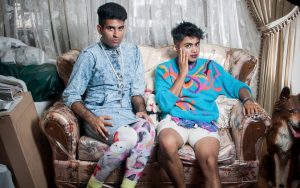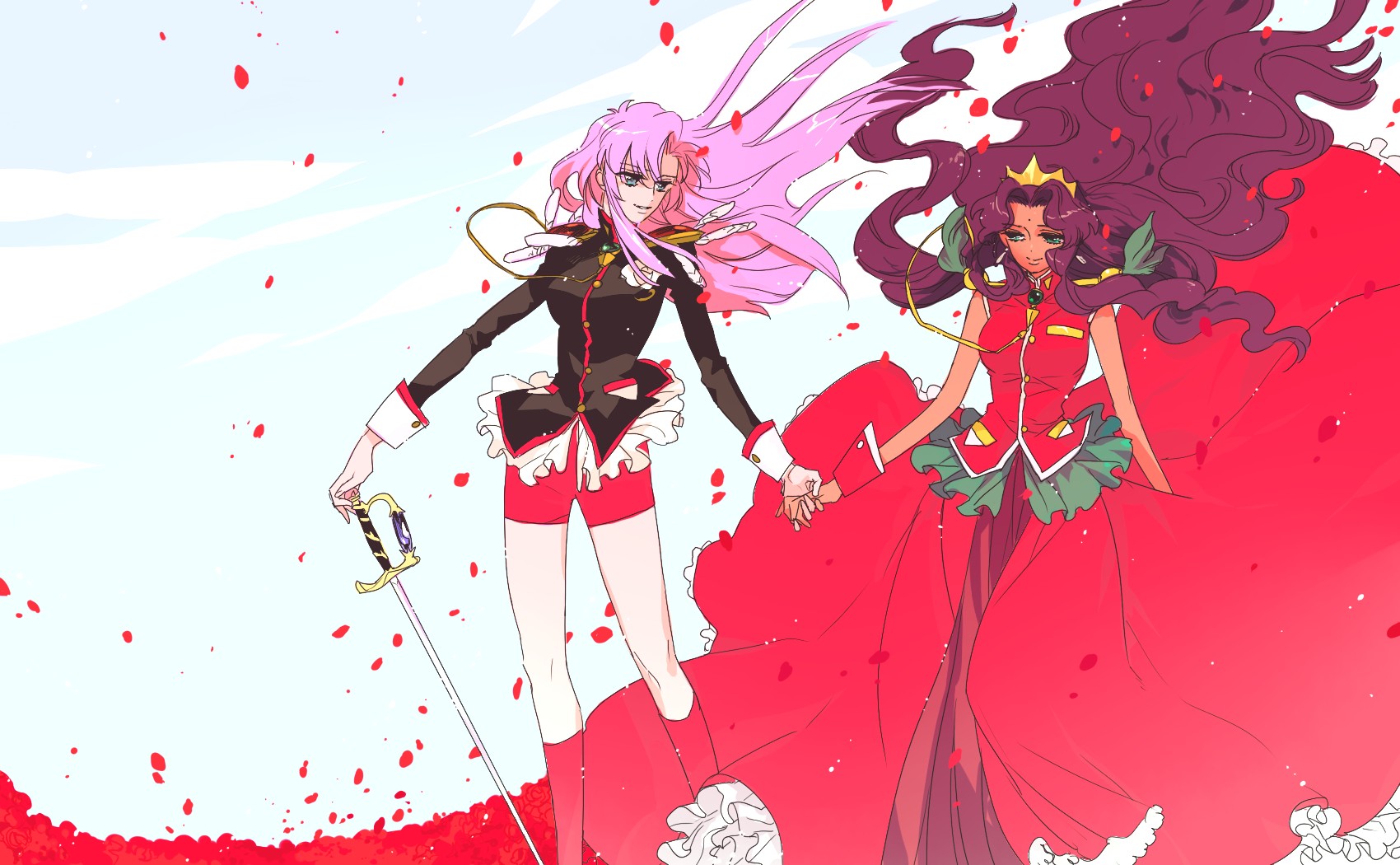Bring in Brown to Keep Black Down
February 11, 2014
there is a photo on the fridge back home of me at
maybe eight or nine wearing a cardigan, a plaid tie,
and matching dimples.
this is the kind of photo
my family has selected for commemoration because it’s
a type of nostalgia that reminds grownups of words like innocence.
the type of photo you can mail back home across the ocean say,
“look how happy we are here” “we made it”
this photo was taken during my elementary school’s living history
museum where students dressed up like some famous person and stood like a statue until parents came and pressed a button
then we’d come to life and narrate our stories.
i chose martin luther king.
so when families pressed my button
i said something like
“long ago this country used to be racist but
then i came along and made it better”
all of them clapped – my family too – and they took this photo
and put it on the fridge because they were proud of me
for doing a good job
and i believed them
so when beatrice got suspended for bringing a knife to slice her pear
— the same day my math teacher told my parents i “might be a genius”
so after 9/11 when i found myself equally brown and ashamed
— the same day my hindu temple made a shirt that said “proud to be american”
so when i became the darkest face in all my advanced classes
— the same day there was a shooting at the other school
my father taught me how to tie a tie
and recite our
pledge of assimilation:
“long ago this country used to be racist but
then i came along and made it better”
when you rinse brown across a blue ocean
does it get lighter or darker?
(your choice)
in 1958 my grandfather moved from india to pursue a phd in english
i wonder what his colleagues wrote in his letters of recommendation
how remarkable it was for a brown man to emerge from a fractured lung mistaken
as country and breath english so poetically
(footnote: why can’t the black people speak like that too)
in 1964 the civil rights act banned discrimination against racial minorities
(footnote: when you throw a piece of paper in a pool of blood – who wins?)
in 1965 the immigration act instituted a system that gave preferential treatment to immigrants with skills
(footnote: bring in brown to keep black down)
my grandfather tells me that he
always respected martin luther king
and was sad to hear about his assassination.
i have never asked him if
he left his library to the streets,
because i know the answer the way i
know my people
the way we are
too busy reading rather than revolting
the way we will develop theories about revolution
for someone else to fight
the way that we have been trained to
keep quiet,
smile back
when the white man said jump
we said:
how many grades?
said work harder!
so we had to cheat to keep up
stole the words straight from their tongues
said: “hello my name is martin luther king
and i have a dream that one day asian americans
will appropriate the Black struggle for our own advancement
and blame Black people for not working as hard”
almost fifty years later
this model minority holds a scantron like a mirror
recognizes that their body has always been filled in as an answer
and i am sitting in my gentrified apartment
in my gentrified skin writing poetry with big words that i learned in private school like
‘white supremacy’ which means that i could you tell about how there
is a long history of white people painting themselves black
but i am looking at a photo of myself from
when i was eight or nine and put on martin luther king
used the black struggle to legitimize my difference
to my white peers growing up
which feels like its own form of
blackface
press my button,
see what happens
bring in brown to keep black down:
when i speak about how my people were colonized by the british
but not mention how they gave some of their ties, titles, and guns
and we used all three against our own
hide all the blood we made beneath the
brown
bring in brown to keep black down:
when i cry about diaspora and missing my homeland
did not mention the countless bodies we
stepped on when we got here
just to get close enough to kneel
for a white man – dick or
degree is there a difference —
carry both on your tongue
bring in brown to keep black down:
when white people use one hand to give us medals
and the other to give them handcuffs
ask them why they can’t be as
hard working as us?
bring in brown to keep black down:
when we post facebook statuses about
how police brutality affects people of color
while on the block next door
a man two bullets darker gets arrested
by a night three shades
lighter.
what i mean to say is
go back home and look at the fridge
what images have the privilege of nostalgia?
in one story
black is forcibly transported across an ocean in a ship
as they put a collar around her neck
in another story
brown books the next ship out as they
put a tie around his
“long ago this country used to be racist (but then
white people brought us here to make it seem better)”
and we have done little to make them
think otherwise since.

https://www.alokvmenon.com/blog/2014/2/11/bring-in-brown-to-keep-black-down
I came across Dark Matter quite some time ago, around 3 years prior. They spoke with a bladed tongue slicing up stereotypes and expectations left and right. This poem to me has always been a stepping stone into my examination/self-reflect of my own identity as an “Asian American.” It confronts the benefits/downfalls of “positive” stereotyping.





